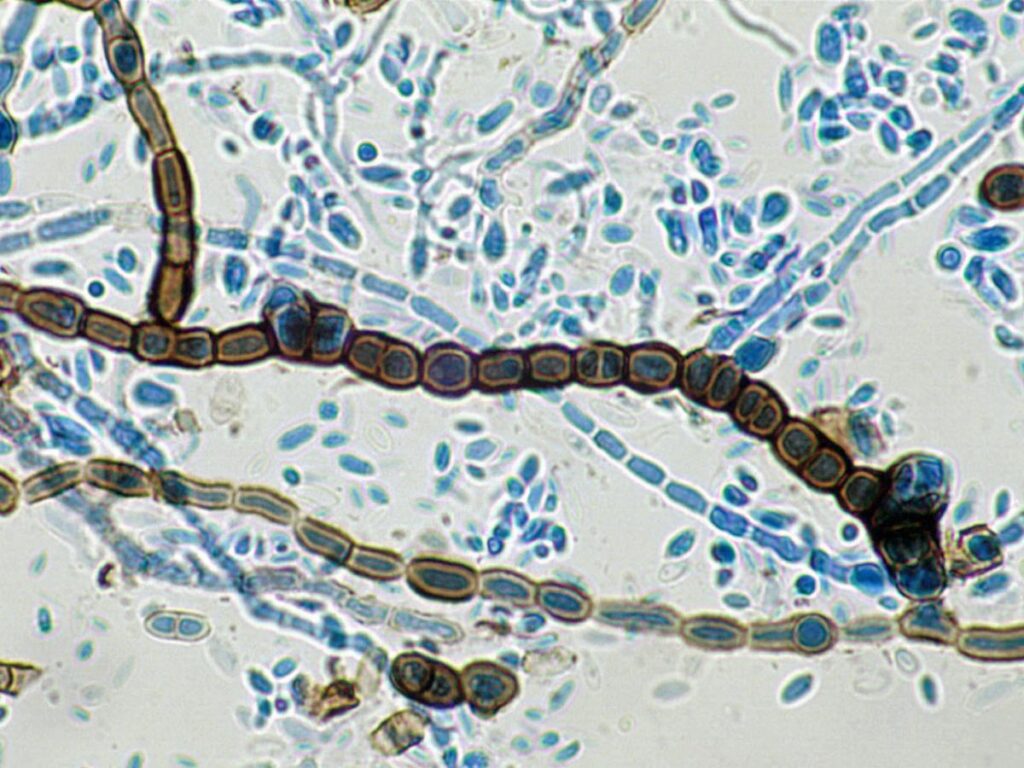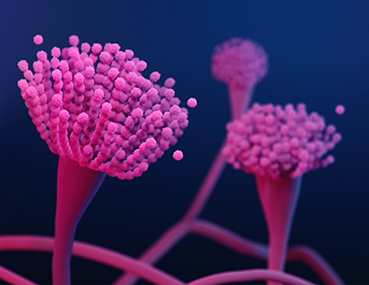The rainy days in Australia are very high. Due to rainfall, different types of moulds are grown in our households. They are harmful and they make our household untidy. Some of the moulds are very toxic and allergic, in case of inhalation might cause death. Thus, everyone wants to remove the moulds from their households ASAP. Before eradication of those moulds, you must go through the identification of them from an expert. For which you can always remember us. We will detect the mould species in your households and we will suggest you the best possible solutions to remove those moulds. Here are some of the moulds explained,
What is mould?
Moulds are a type of fungus that grows in damp, warm, and humid conditions. Extreme rainfall, hot weather, enough moisture are the very favourable conditions where moulds can spread rapidly. They release harmful substances like spores into the air. Those spores when inhaled might lead us to serious illness. Different types of moulds that are common in Australian households are:

This type of mould is often found behind the wallpaper, on painted surfaces or on wooden surfaces. It is extremely allergenic in nature. It causes eyes, skin and nail infections. For appearance, it is normally like pink, brown, or black colour but as it grows old it turns darker brown.
2. Fusarium

This type of mould is found in carpets, wallpaper, and other fabrics. It is one of the fastest spreading moulds. It is extremely toxic and allergenic. In order of appearance, it is pink, white or red. It causes allergenic reaction symptoms like sore throat, sneezing, itch eyes, runny nose. Moreover, it causes skin infections. High exposure to fusarium might cause serious illnesses like brain abscesses or bone infections.
3. Aspergillus

This is the most common type of moulds found in Australia. It grows in moist places like bathrooms, window frames, and even in plants. In order of appearance, it is green, grey, or white with dark spots on it. It is allergenic in nature and in some cases, toxic depending on the species. These moulds can spread very quickly and causes respiratory infection and in some cases serious illnesses if the individual already has a respiratory problem or weak immune system.
4. Cladosporium

This type of mould can be found in both indoor and outdoor settings. It consists of more than 100 species. It gradually grows old and releases harmful spores into the air. It is allergenic in nature and causes respiratory and breathing illnesses.
5. Penicillium

This type of mould is commonly found in water-damaged buildings and in ducts, wallpapers, carpets, and mattresses. In order of appearances, it is blue or green with velvet textures. However, it is used in the production of antibiotics, It is allergenic in nature and might cause respiratory infections, pulmonary inflammation, asthma, etc.
6. Stachybotrys

This mould is commonly known as “Black Mould“. It appears to be dark green or black with a slimy texture. It is found in damp, wet or humid areas. It is toxic in nature and causes severe health problems like neurological problems, pulmonary bleeding, breathing problems, fatigue and even depression in some cases.
How to remove moulds?
Because of their random nature, moulds are difficult to identify. It is always good to go with professional mould removalists. However, for the small areas in outdoor settings, we can follow these steps:
- Vinegar: We can use undiluted vinegar solution to spray on the spot of moulds. Let it dry for at least an hour and then use wet clothes to wipe the spot clean. Let it dry.
- Bleach: You must the mix the bleach and water in the ration of 1:10. After making the solution, scrub onto the spot of mould. For fabrics stuffs, you can put the small amount of bleach in washing machine and wash them away.
While removing the moulds, you must wear protective masks and gloves in order to get close contact with moulds spores.
Even if you follow the above procedure, the moulds may not go completely, thus it is always recommended to hire a professional moulds removalist.
Contact Us for the identification of moulds in your households. We will help you to remove those moulds.
